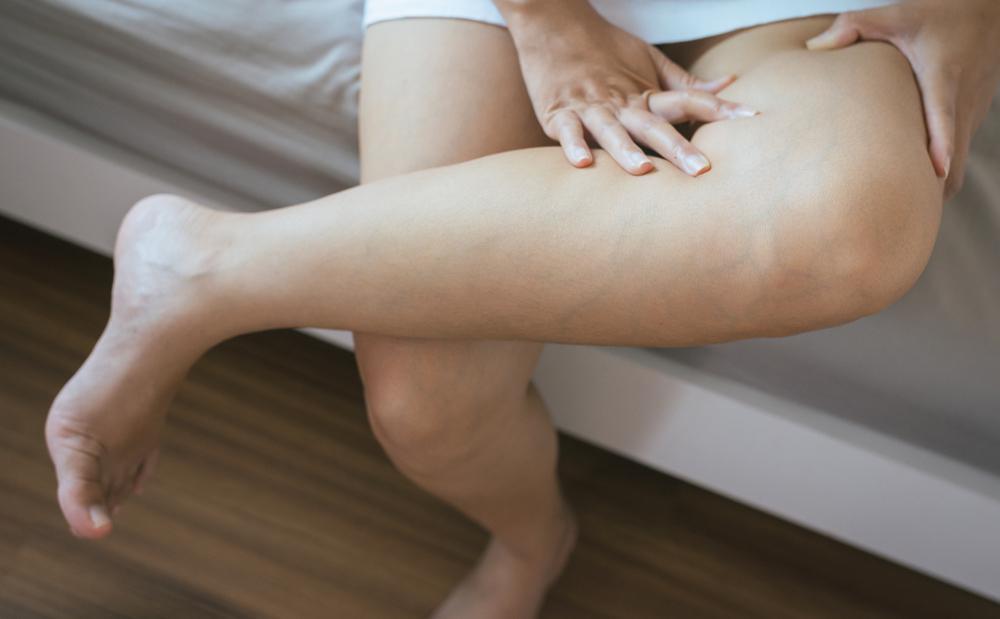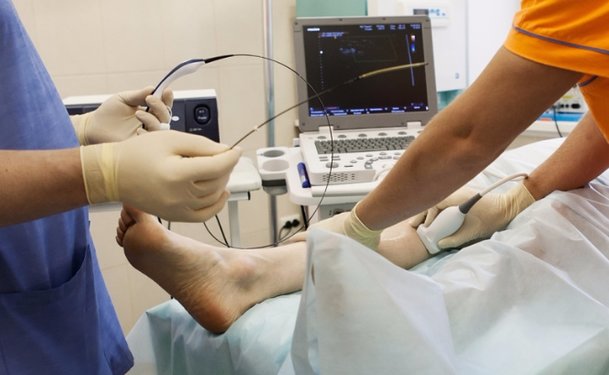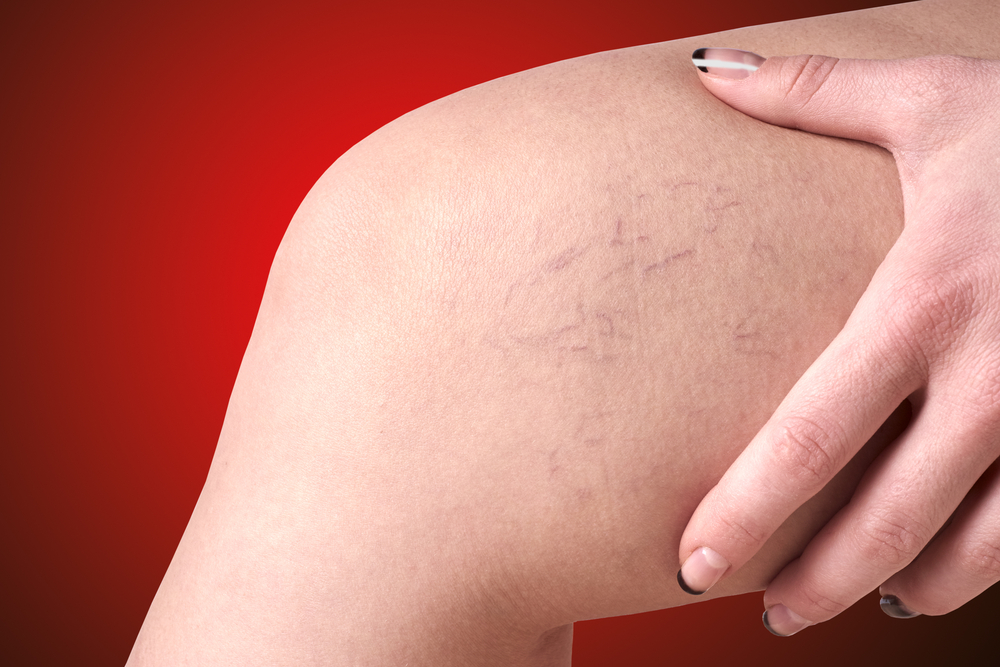Procedures for Treating Varicose and Spider Veins
At Georgia Medical Treatment Center, we specialize in performing procedures to treat tired, heavy, achy legs, restless leg, night cramps, and varicose and spider veins, all of which are caused by venous disorders. These procedures relieve pain and discomfort, address cosmetic concerns and improve your quality of life. We help you get your legs back!
You can breathe easy knowing we can treat vein disease with little or no pain and discomfort to our patients. In fact, most of our patients are back at work the next day.
Venous insufficiency is a medical issue that affects both men and women.

Our State of The Art Services:

Radiofrequency Ablation
Superficial venous reflux disease treatment aims to reduce or stop the backward flow of blood. Radiofrequency ablation (also known as the ClosureFast procedure) is one of several non-surgical treatments that our clinic offers for varicose veins and incompetent perforator veins. Radiofrequency ablation procedure is performed in our office and is generally covered by most insurance.
VENCLOSE
How Radiofrequency Ablation Works
Using ultrasound, your physician will position the catheter into the diseased vein through a small opening in the skin. The small catheter delivers heat to the vein wall, causing it to shrink and the vein to seal closed. Once the diseased vein is closed, blood will reroute itself to other healthy veins.
Following the procedure, a bandage is placed over the insertion site and additional compression may be provided to aid healing. As part of your treatment regimen and our way of ensuring you get the best results possible, you will be required to wear a compression stocking and asked to limit standing for long periods of time or participating in strenuous activities for two full weeks.

Advantages of Radiofrequency
- Often covered by insurance companies when patient has been diagnosed with venous reflux disease
- Minimally invasive
- In-office outpatient procedure, meaning no hospitalization necessary
- Less pain and complications than with traditional vein stripping or surgery
- Normal activities resumed in one to two days
- No scars or scratches
- Minimal bruising or swelling
- Symptoms typically improve within one to two weeks
- Procedure takes an hour or less to perform
Varithena:
Our State of The Art Services:
Varicose vein treatment involves injecting a microfoam that causes veins to close. Varithena is minimally invasive, and patients reporting pain at the injection or application site in clinical trials was 4.0%.1 There’s no need for incisions or stitches, and treatment is usually less than an hour. Most people only need a single treatment to see results.
Here’s What to Expect:
Before the treatment
- The physician usually numbs the injection site, but no additional anesthesia is required.
During treatment
- Your physician administers a small amount of Varithena.
- The Varithena microfoam fills the desired section of the vein and treats the vein wall, causing the diseased vein to collapse.

- Blood flow is redirected to healthier nearby veins. The microfoam disperses as it comes into contact with blood in healthy veins.
- Your physician uses the same process on any other veins that need treatment.
- The most common side effects are leg pain or discomfort, injection site bruising or pain, and potentially serious blood clots in the leg veins.
After treatment
- While allergic reactions are rare, a healthcare professional will watch you for signs of an allergic reaction for at least 10 minutes.
- Your physician applies bandages and compression stockings to your leg. You’ll wear the stockings for two weeks.
- Because Varithena is minimally invasive and well tolerated by most people, you’re likely to go back to most normal activities the same day.
- You should avoid heavy exercise for one week.
- For a month, you should walk at least 10 minutes a day and avoid long stretches of inactivity.
- Additional treatment sessions may be needed.
